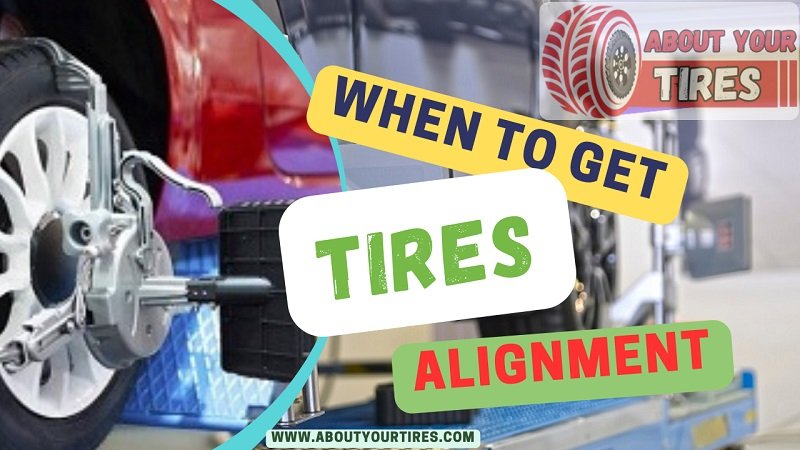Owning a car brings with it a range of responsibilities, and one of the key maintenance tasks you can’t afford to overlook is wheel alignment. Neglecting this crucial aspect of car care can not only harm your vehicle but also increase the risk of accidents. Wheel alignment involves the precise adjustment of the angles of your car’s wheels in relation to each other and the car itself. Proper alignment is essential for optimal tire longevity and contributes significantly to your car’s handling performance. Signs of improper alignment include:
- Vibration
- Car wandering tendencies
- Pulling to one side when driving at high speeds
- Vehicle instability and erratic steering
- Uneven tire wear
- A non-responsive steering system; ideally, the steering wheel should return to the center position after turning.
As a car owner, it’s essential to know how often your wheels should be aligned. Here are some instances when you should consider getting a wheel alignment for your vehicle:
- Regular Maintenance: While there’s no set timeframe for wheel alignment, consider doing it during your regular servicing appointments. Most mechanics will assess your wheels and recommend alignment as needed. However, a general guideline is to aim for alignment every 2 to 3 years. If you’re getting new tires, it’s a good opportunity to align your wheels.
- Rough Roads or Accidents: If your car frequently traverses bumpy roads or has been in an accident, it’s an ideal time for a wheel alignment.
- Terrain: Depending on the terrain you drive on, you might need alignment more frequently, especially on rough terrains.
- Steering Wheel Position: If your steering wheel doesn’t return to the center after turning, it’s a clear sign that your wheels may be misaligned.
- Drifting: If your car tends to drift to one side while driving, it’s another indication that you need a wheel alignment.
Several factors can lead to misaligned wheels, including:
- Off-road trips
- Pothole encounters
- Accidents
- Normal wear and tear (requiring alignment every 2 to 3 years)
- Collision with concrete parking stalls
Benefits of Regular Wheel Alignment:
- Improved Stability and Handling: Proper alignment ensures your vehicle stays stable on the road, offering better handling.
- Extended Tire Lifespan: Your tires will last longer, reducing the need for replacements.
- Longer Suspension and Steering Component Life: Aligned wheels reduce strain on suspension and steering parts, leading to extended longevity.
- Enhanced Fuel Efficiency: Vehicles with aligned wheels can see a 7% improvement in fuel efficiency.
- Increased Safety: Aligned wheels enable safer stopping, which is crucial in wet conditions. Tire tread life also impacts stopping distances.
As a responsible car owner, it’s crucial to recognize the signs of misaligned wheels. While a general guideline is to align your wheels every 2 to 3 years, consider doing it during oil changes for optimal safety. However, it’s vital to entrust this task to a reputable service center with skilled technicians who can align your wheels effectively. Attempting it yourself may result in further damage to your vehicle. Regular servicing and wheel alignment ensure the longevity and performance of your car.
Please refer to Wikipedia for more information.

